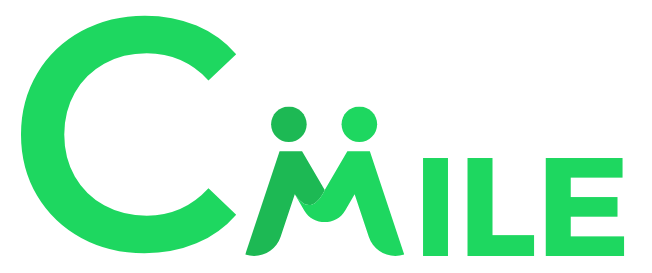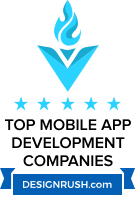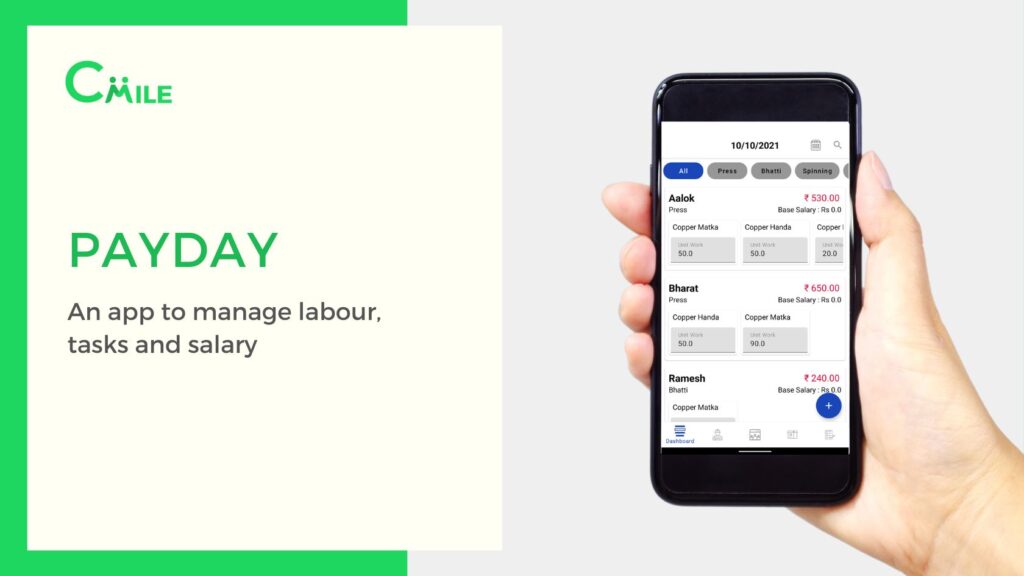Meta: Healthcare applications are developed to automate, streamline, and integrate the various processes. Here is everything you need to know about healthcare applications development.
The Healthcare Industry has come a long way in adopting Technological advances, and its growth was fast-tracked by the onset of the pandemic in 2019. From bio-medical technology used to diagnose and treat the patients, maintaining the records, billing process, and patient follow-up, to today’s real-time mobile apps that keep the doctors and patients connected virtually.
Healthcare applications have made the medical processes’ coordination, communication, and streamlining more accessible and faster. This blog explores the various kinds of healthcare applications that can be used by clinics, doctors, nurses, and patients for extra convenience and mobility. It also discusses the methods to measure ROI and ways to improve the ROI using this framework.
What is Healthcare Application Development?
Healthcare applications are developed to automate, streamline, and integrate the various processes in the healthcare sector. These apps are used by hospitals, doctors, lab technicians, patients, medicine vendors, and other healthcare departments.
There are two broad categories of healthcare applications developed for different users.
- Medical Apps
- Health Apps
Medical Apps are developed for professionals to help them efficiently diagnose and treat. These apps should comply with all the medical and diagnosis regulations. They enable better coordination between doctors, patients, and medical colleagues. The digital patient information can be accessed and cross-checked and eases the consultation process with other specialists.
Health Apps are developed for use by the general public to keep track of their health, fitness, doctor appointments, medicine prescriptions, and follow-ups. More and more users have started using these health apps, and the percentage of people has grown since the onset of the pandemic and social distancing norms. The lockdowns have forced more people to look for online help to book appointments and consult a doctor.
These health and medical apps are integrated to provide a seamless healthcare experience for the users. The various wearable devices available in the market are Internet-enabled, and they are integrated with these apps to provide real-time diagnosis data to doctors for analysis.
The Below mentioned apps are a few examples of the types of healthcare applications that can be developed and used by different categories of users. Patients use the Following apps.
- Doctor Consultation Apps
- Symptoms Checker
- Medicine delivery Apps
- Diet and Nutrition Apps
- Yoga and Fitness Apps
- Real-time Health Monitoring Apps
- Mindful Lifestyle and Reminder Apps
- Women’s Health and Pregnancy Assistance Apps
- Wearable Devices
Doctors and other medical professionals use the following types of apps.
- Telehealth Apps
- EHR and EMR Apps
- E-Prescription
- Medical Education Apps
- Patient Information Systems
- Health Insurance Integration
These various kinds of applications can be developed for Digital Marketing purposes. These Apps are integrated to make the whole process a smooth and hassle-free experience for the patients. They also help automate and integrate medical procedures, making it easy for medical personnel. Hospitals and other healthcare businesses use these apps for educating, engaging, automating, and digitally marketing their services to the people.
How to Measure the ROI of Healthcare Applications?
For any investment made by businesses, calculating the Return on Investment (ROI) is essential and valuable to making future investment decisions. Similarly, ROI should be measured for the investment in developing healthcare services applications. Measure the following factors to know if the digital investments were profitable.
Numerous tools, such as Google Analytics, measure a vast number of metrics to measure the performance of your digital marketing investments. Few metrics that can be considered to estimate the ROI are discussed for better understanding.
- Number of Installations: The number of downloads and installations made every month has to be measured and compared with previous months’ metrics. If the number reduces in consecutive weeks or months, it shows that the app’s popularity is decreasing, and measures should be initiated to promote it.
- Average Engagement Time: The average time spent by each user every time they use the app is an important metric. It can assess how engaging the app’s content and features are for its users. This metric can be used to improve the content and increase engagement on the app. It helps in understanding the behavioral pattern of the users and determining future user expectations.
- Screen View per Visit: Every app consists of various pages, and the average number of screens visited by the users each time the app is launched should be measured. It helps in optimizing the app for a better user experience.
- User Retention Rate: This metric helps in measuring the average number of users who return to your app for the second time after it has been downloaded. Those who do not return to the app imply they did not find it helpful. This metric helps in app optimization.
- Active Application Users: Tracking users who return to the app regularly and tracking the frequency of usage helps understand your most engaged and loyal customers.
- Event Tracking: Users use a sequence of events like looking for a doctor, fixing appointments, location searches, etc. This metric helps us determine the top-performing feature of your app and improve the integration between various components.
- Performance Indicators: Metrics like the frequency of app crashes, app launch speed, and how long the app takes to fetch details and interact with other features (latency) measure the app’s performance.
- Customer Satisfaction indicators: Features like ratings, reviews, feedback, and comments help in monitoring the satisfaction level of the users and thereby help in app optimization.
These metrics will help in measuring the ROI of the app and thereby measure the profitability of the digital investment. These performance data should be analyzed to decide on future app optimization.
Ways to Improve the ROI of Business using the Healthcare Framework
The following factors should be considered and researched to improve the ROI for all digital marketing investments. Building the best framework with superior performance starts with understanding the user requirement, and this discussion will help healthcare businesses make decisions about their digital marketing investments.
- Researching the Various Customer Touchpoints before developing the framework: Businesses should research how consumers come in contact with them. The various touch points should be analyzed to understand the steps in the user journey to validate each step and improve all the weak links. The consumer comes in touch with the business and goes through the various stages in the marketing funnel. The app should be designed based on this research and used to strengthen each step in the app.
- Reduce Running and Maintenance Costs by Outsourcing: Healthcare applications are expensive to develop, so businesses must decide on a proper framework and hire a suitable vendor. Healthcare businesses can also outsource the running and maintenance of specific healthcare applications like the billing system. These functions can be handed over to domain experts, efficiently reducing cost and resources. They can also implement various software tools to optimize performance and clinical workflow.
- Automation of Digital Marketing: Many automation tools are available in the market that significantly increases the ROI. Processes like appointment reminders, automated emails, and other repetitive tasks can be automated using today’s technology. By doing so, businesses can concentrate on serving their patients better and on other important marketing activities. Automation also helps in improving efficiency and reducing time.
- Test the Campaigns Frequently: The Promotion and other marketing campaigns should be tested frequently for efficiency. The digital platforms and customer mindset are constantly evolving, and so should the marketing campaigns. Businesses should test the various marketing channels and make necessary strategic changes. Analyze the user data to check if the investment is made at the right place.
These are some of the measures that can be used by healthcare businesses to improve their ROI from their digital framework.
Conclusion
The Healthcare industry has adopted technological advancements, and the pandemic has accelerated the use of these digital frameworks among ordinary people. Businesses have various options when it comes to developing the right kind of framework that suits their business. They can either go with hiring an in-house development and maintenance team or outsource it to a software development expert, and it depends on the budget available. While most healthcare players are developing their digital healthcare framework, measures should be implemented to design the proper framework that brings maximum ROI.

Founder of Cmile. Expert in mobile app📱 & web🌍 development. Passionate about technologies💻. On mission🚀 to digitally solve people’s problems. Love to use emojis✌🏼
















